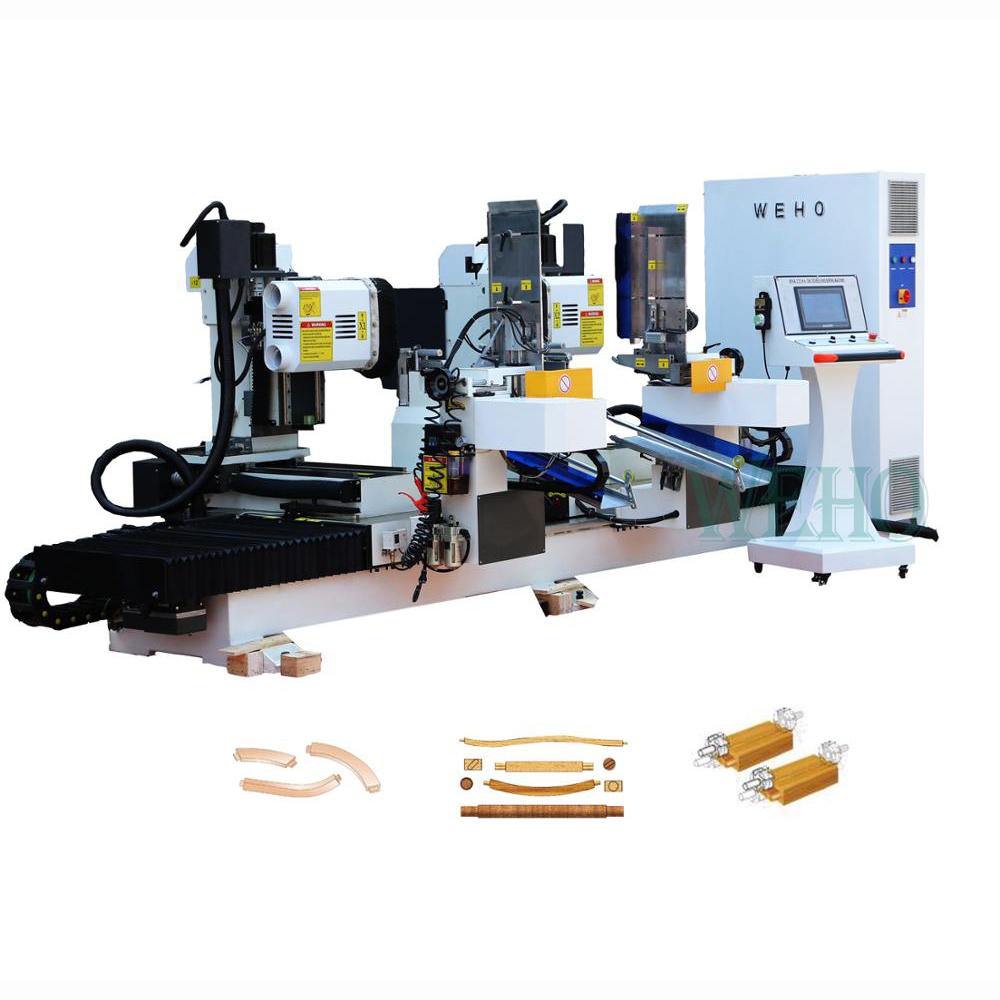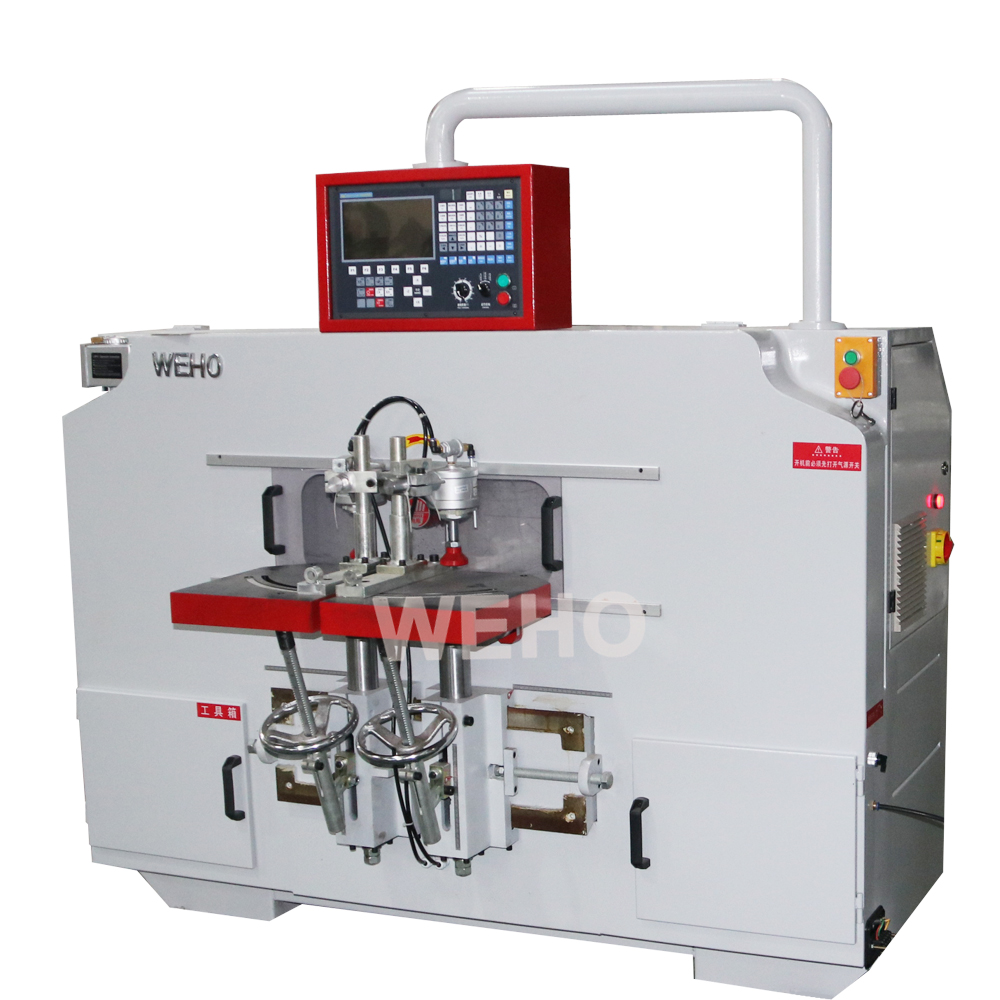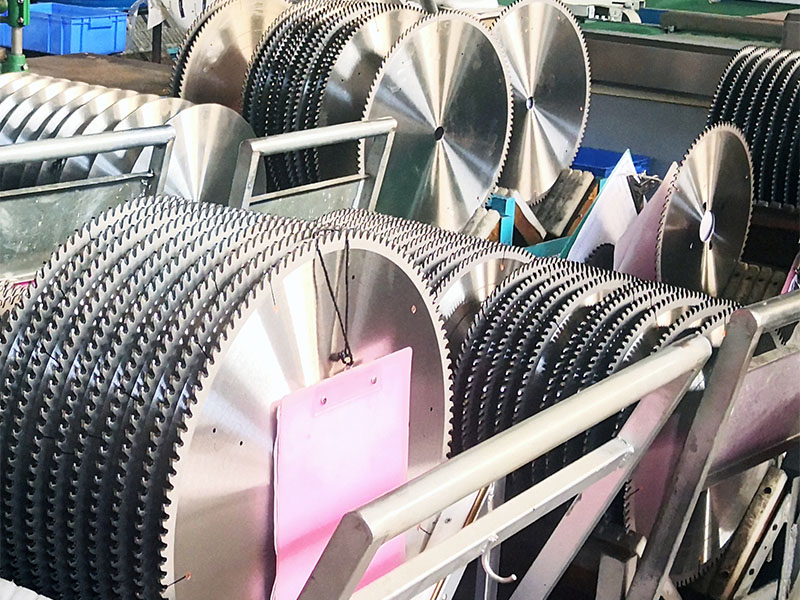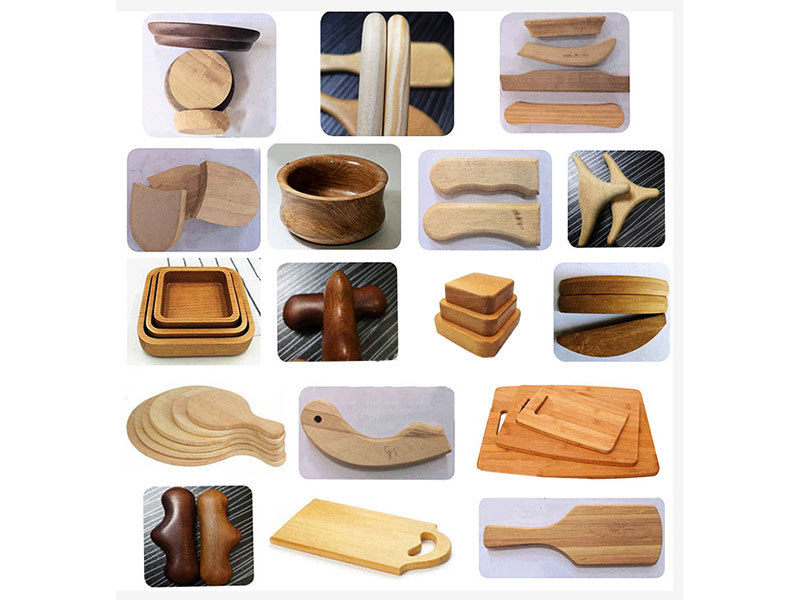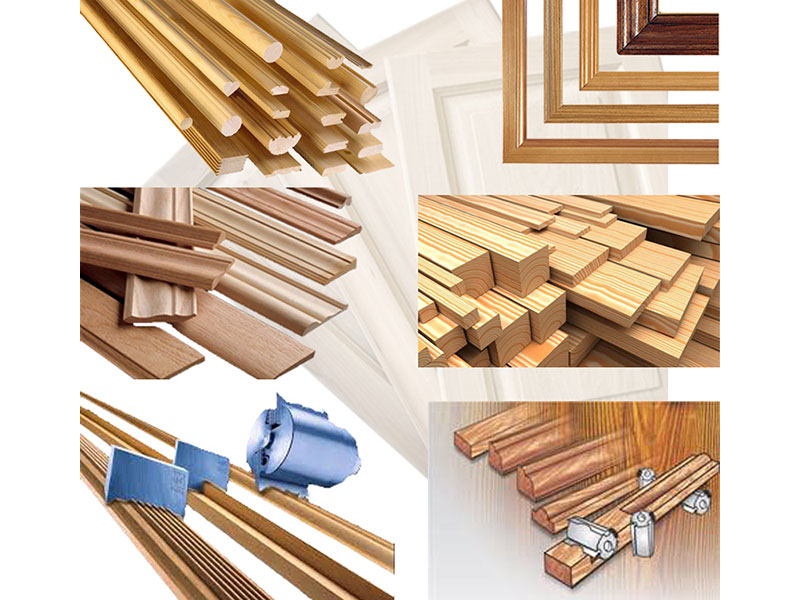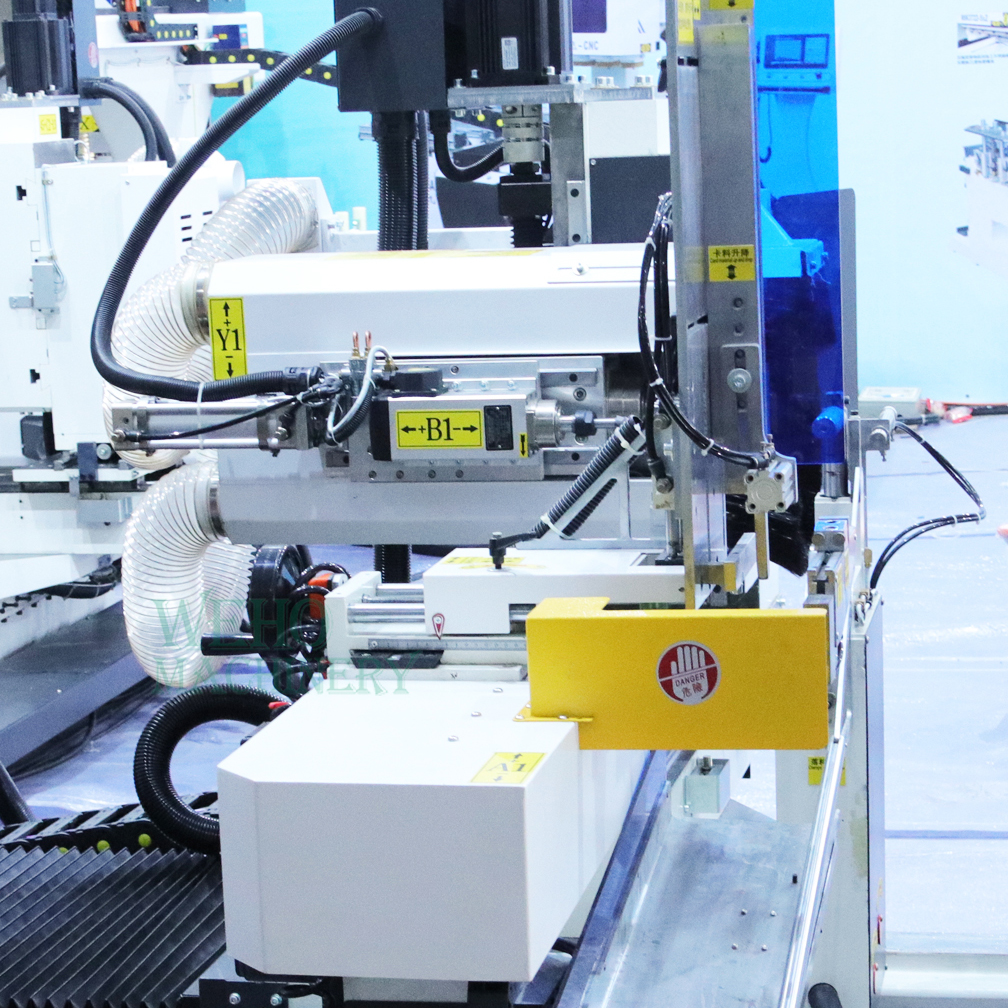
How Does A CNC Tenoner Work?
A CNC tenoner is a sophisticated woodworking machine designed to automate the process of creating tenon joints, which are used to join two pieces of wood securely. These joints are commonly found in various woodworking projects, such as furniture making, cabinetry, and door construction. The primary benefit of a CNC tenoner is its ability to achieve high precision and consistency in joint creation, which would be difficult to replicate manually. This article explores how a CNC tenoner works, from programming to cutting the tenon.
What is a CNC Tenoner?
A CNC tenoner is a machine that uses Computer Numerical Control (CNC) technology to cut tenon joints. These joints, typically found at the end of a piece of wood, are designed to fit into corresponding mortises (slots) in another piece of wood. By using CNC technology, the machine can automatically execute intricate cuts with high precision, reducing the need for manual labor and human intervention.
CNC tenoners are widely used in woodworking industries, including furniture manufacturing, cabinetry, and custom wood projects. Unlike traditional manual tenoning methods, which require significant time and skill, CNC tenoners automate much of the process, ensuring consistency and speed in production.
The Basic Working Process of a CNC Tenoner
The operation of a CNC tenoner can be broken down into several key steps. These steps involve programming, positioning the workpiece, executing the cuts, and finishing the joint. Below is a detailed explanation of each stage in the process.
1. Programming the CNC Tenoner
Before the CNC tenoner can begin cutting, the machine needs to be programmed with the specifications for the joint. The operator or technician uses specialized Computer-Aided Design (CAD) or Computer-Aided Manufacturing (CAM) software to create a digital model of the wood joint. This model includes detailed measurements of the tenon, such as its width, length, and depth.
Once the digital model is created, the software generates a set of instructions, typically referred to as G-code, which is then uploaded to the CNC machine. G-code tells the machine how to move its cutting tools, at what speed, and in which direction. It controls every aspect of the cutting process, ensuring that the tenon joint is cut accurately and to the exact specifications.
2. Positioning the Wood Piece
Once the CNC tenoner is programmed, the next step is to position the wood piece on the machine. The operator places the wood on the worktable, which is designed to hold it securely during the cutting process. CNC tenoners typically use advanced clamping systems to secure the wood firmly in place. These clamping systems may use pneumatic or mechanical forces to ensure that the workpiece does not shift or move during the cutting operation.
Proper positioning is critical because any misalignment could result in inaccurate cuts or poorly fitting joints. The CNC machine can make adjustments if necessary, but the initial placement of the wood is key to ensuring that the tenon fits perfectly with the corresponding mortise.
3. Cutting and Shaping the Tenon
With the wood securely positioned, the CNC tenoner begins the actual cutting process. The machine's cutting heads or blades are controlled by the G-code, and they move along predetermined paths to shape the tenon. Depending on the design of the tenon, the cutting tool may make a series of different cuts to achieve the required depth, width, and shape.
CNC tenoners can cut various types of tenons, including stub tenons, through tenons, and haunched tenons. Each type of tenon has a specific function and is chosen based on the design requirements of the project. For example, a through tenon extends all the way through the piece of wood, while a stub tenon is a shorter joint that does not go all the way through.
The machine is capable of cutting extremely precise tenons, which helps to ensure that the pieces fit together tightly, creating a strong and durable joint. The cutting process can be repeated multiple times for each workpiece, with the machine making minute adjustments based on the programmed instructions.
4. Finishing the Cut
Once the tenon is cut, the CNC tenoner may perform additional finishing operations. This can include smoothing the edges of the tenon or removing any excess material left from the cutting process. The machine may also automatically perform sanding or other finishing tasks to ensure the tenon is smooth and ready for assembly.
The operator may inspect the cut pieces for quality control, ensuring that the tenons meet the required specifications. If any adjustments are needed, they can be made through the machine's programming interface.
Conclusion
In conclusion, a CNC tenoner works by automating the process of creating precise tenon joints through a series of controlled cutting actions. The process begins with programming the machine to define the specific dimensions and shape of the tenon. Once the wood is positioned and clamped securely, the machine uses cutting heads to shape the tenon according to the programmed instructions. The result is a precise, consistent joint that is ideal for high-volume production in woodworking industries.
CNC tenoners offer significant advantages over manual methods, including increased precision, faster production speeds, and reduced labor requirements. By automating the tenoning process, these machines allow woodworkers to achieve high-quality results with minimal human intervention, making them a valuable tool in modern woodworking operations.


